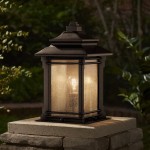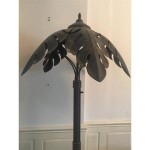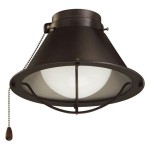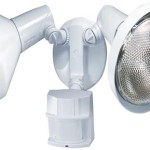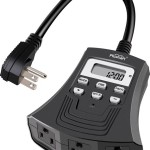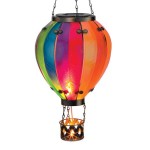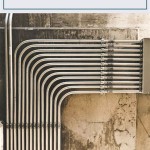Motion Detector Sensors for Existing Outdoor Lights: Enhancing Security and Convenience
Transforming your existing outdoor lights into smart, motion-activated fixtures can significantly enhance security and convenience. Motion detector sensors provide numerous benefits, from deterring intruders to automating illumination. Here are essential aspects to consider when choosing and installing a motion detector sensor for your outdoor lights:
Motion Detection Range and Sensitivity
The motion detection range determines the area covered by the sensor. Choose a range that adequately covers the intended detection area without triggering false alarms. Sensitivity is equally important, as it adjusts how easily the sensor detects movement. A higher sensitivity may increase false alarms, while a lower sensitivity may miss actual motion.
Field of View and Mounting Height
The field of view (FOV) of the sensor determines the angle at which it detects movement. A wider FOV covers a larger area, while a narrower FOV focuses on a specific zone. The mounting height impacts the coverage area. Higher mounting heights provide a wider FOV, but also increase the risk of false alarms from small animals or vegetation movement.
Sensor Technology and Detection Patterns
Motion detector sensors employ different technologies, including passive infrared (PIR), microwave, and ultrasonic. PIR sensors detect changes in infrared radiation, while microwave sensors emit and detect radio waves. Ultrasonic sensors use high-frequency sound waves. Each technology has its strengths and weaknesses, and the choice depends on the specific application.
Time Delay Settings
The time delay setting determines how long the lights remain on after motion is detected. A shorter time delay conserves energy and reduces false alarms, while a longer delay provides more time to approach the illuminated area. Some sensors offer adjustable time delays, allowing customization to suit individual preferences.
Installation and Compatibility
Installing a motion detector sensor for existing outdoor lights is a straightforward process. However, it is essential to ensure compatibility between the sensor and your existing light fixtures. Some sensors require dedicated wiring, while others work with plug-in lights. If you are not comfortable with electrical work, consider consulting a qualified electrician for professional installation.
Conclusion
Motion detector sensors for existing outdoor lights offer a cost-effective way to enhance security and convenience. By considering the essential aspects discussed above, you can choose and install a sensor that meets your specific needs. Whether you want to deter intruders, automate lighting, or simply enjoy the added convenience of motion-activated illumination, a motion detector sensor is a valuable addition to any outdoor lighting system.

Can You Add Motion Sensors To Existing Outdoor Lights Led Lighting Info

Can You Add Motion Sensors To Existing Outdoor Lights Local Electrical Group

Can You Add Motion Sensors To Existing Outdoor Lights Local Electrical Group

Can You Add Motion Sensors To Existing Outdoor Lights Led Lighting Info

Can You Add Motion Sensors To Existing Outdoor Lights Local Electrical Group

Up And Down Motion Sensor For Existing Outdoor Lights Detector China High Quality Light Wall Made In Com

Can You Add Motion Sensors To Existing Outdoor Lights Local Electrical Group

Motion Detector Lights All You Need To Know About Them Kato Electrical Independent Contractor Vancouver Bc

How To Wire Motion Sensor Occupancy Sensors

How To Add A Motion Sensor Your Existing Outdoor Lights In 15 Minutes 24 7 Home Security
